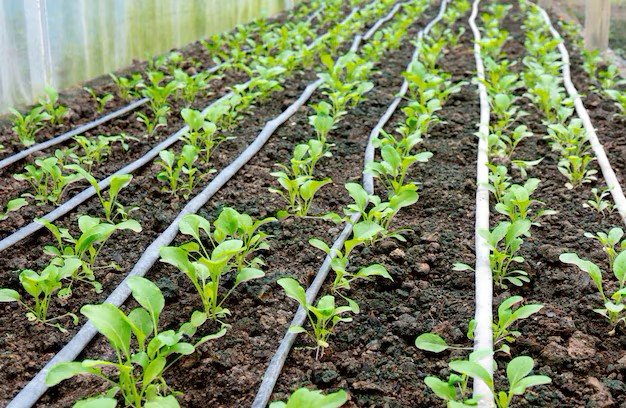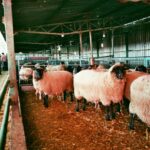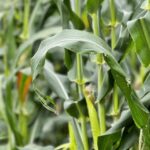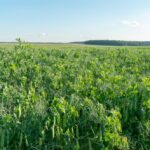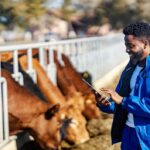Water scarcity is one of the biggest challenges facing global agriculture, making efficient irrigation systems essential for sustainable food production. Traditional irrigation methods often lead to water wastage, uneven distribution, and higher operational costs. However, the integration of the Internet of Things (IoT) with drip irrigation is revolutionizing water management, allowing farmers to grow more crops with less water.
How IoT-Driven Drip Irrigation Works
IoT-enabled drip irrigation systems use smart sensors, automated valves, and cloud-based data analytics to optimize water delivery. These systems collect real-time data on soil moisture, temperature, humidity, and weather conditions. The information is then analyzed to determine the precise amount of water each plant needs, ensuring minimal wastage and maximum efficiency.
The key components of an IoT-driven drip irrigation system include:
- Soil Moisture Sensors – Measure the water content in the soil to prevent over- or under-watering.
- Weather Sensors – Detect temperature, humidity, and rainfall, adjusting irrigation schedules accordingly.
- Automated Valves and Pumps – Control the flow of water based on sensor data.
- IoT Gateways and Cloud Platforms – Transmit data to centralized systems for analysis and remote monitoring.
- Mobile and Web Applications – Provide farmers with real-time insights and control over irrigation settings.
Benefits of IoT-Driven Drip Irrigation
- Water Conservation
By delivering water directly to plant roots based on real-time data, IoT-driven systems significantly reduce water wastage compared to conventional irrigation methods. This is particularly beneficial in water-scarce regions. - Increased Crop Yields
Precise water delivery ensures optimal plant growth, improving yields and crop quality. Studies have shown that smart irrigation can increase productivity by up to 50% while using 30-50% less water. - Cost Savings
Automated irrigation reduces labor costs and minimizes electricity and fuel expenses associated with traditional pumping systems. - Sustainability and Environmental Benefits
Reducing water overuse helps prevent soil erosion, salinity buildup, and nutrient leaching, contributing to long-term soil health and sustainability. - Remote Monitoring and Control
Farmers can monitor and control their irrigation systems from anywhere using smartphones or computers, making farm management more efficient. - Integration with AI and Machine Learning
Advanced IoT systems leverage AI and machine learning to analyze historical data, predict irrigation needs, and automatically adjust water distribution for optimal results.
Challenges and Future Prospects
Despite its advantages, IoT-driven drip irrigation faces some challenges, including high initial setup costs, the need for reliable internet connectivity, and technical expertise for system maintenance. However, ongoing advancements in affordable IoT solutions and government incentives for smart agriculture are making these technologies more accessible to farmers worldwide.
Looking ahead, the integration of 5G, edge computing, and blockchain technology could further enhance the efficiency, security, and scalability of IoT-driven irrigation systems. As these innovations continue to evolve, IoT-enabled drip irrigation is set to become a cornerstone of sustainable agriculture.
IoT-driven drip irrigation is transforming agriculture by maximizing water efficiency, improving crop yields, and reducing operational costs. As farmers increasingly adopt smart irrigation solutions, they can ensure food security while preserving vital water resources. With continuous advancements in technology, the future of farming will be smarter, more sustainable, and more resilient to climate change.
Join 'Farmers Mag' WhatsApp Channel
Get the latest Farming news and tips delivered straight to your WhatsApp
CLICK HERE TO JOIN
